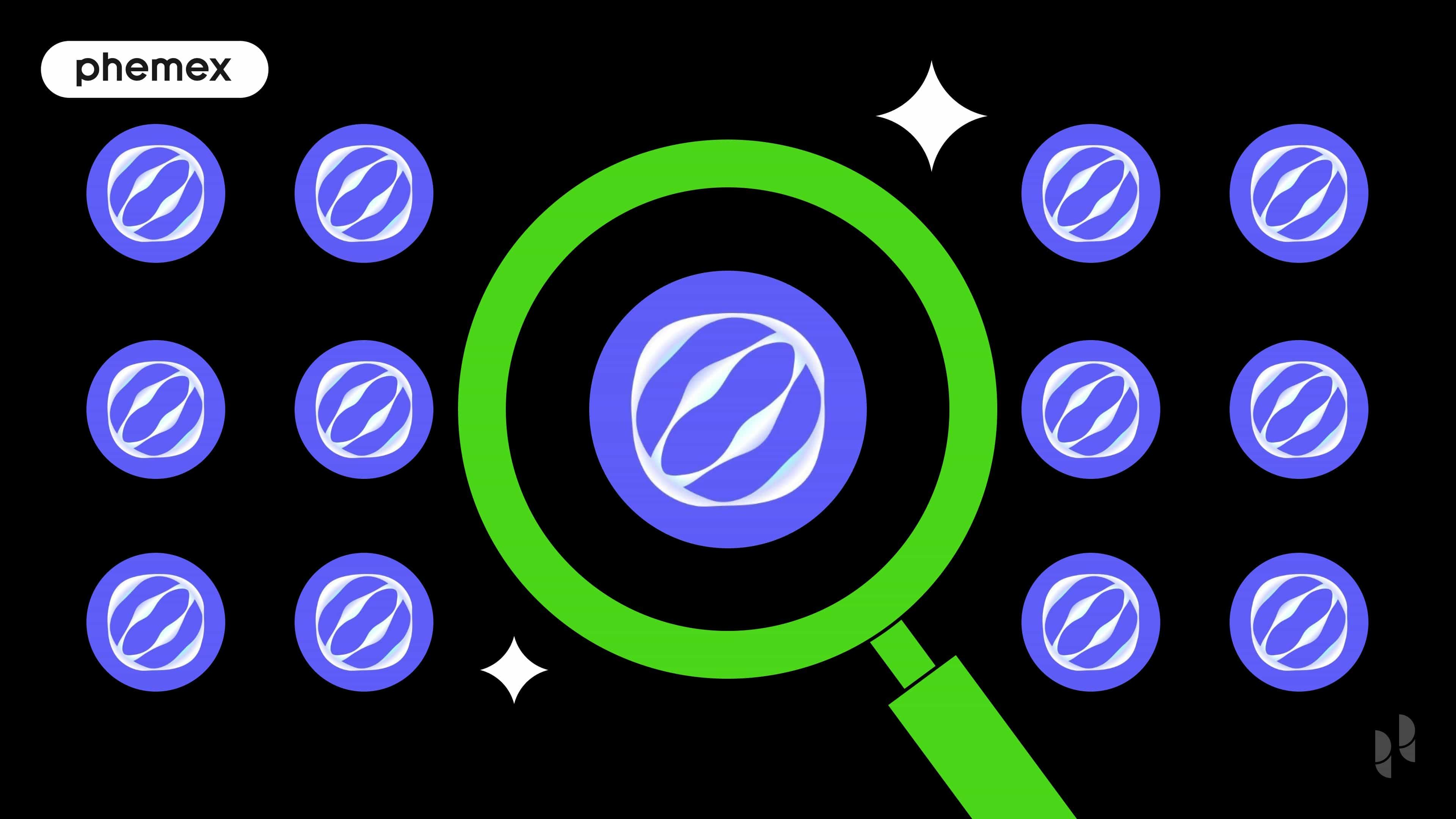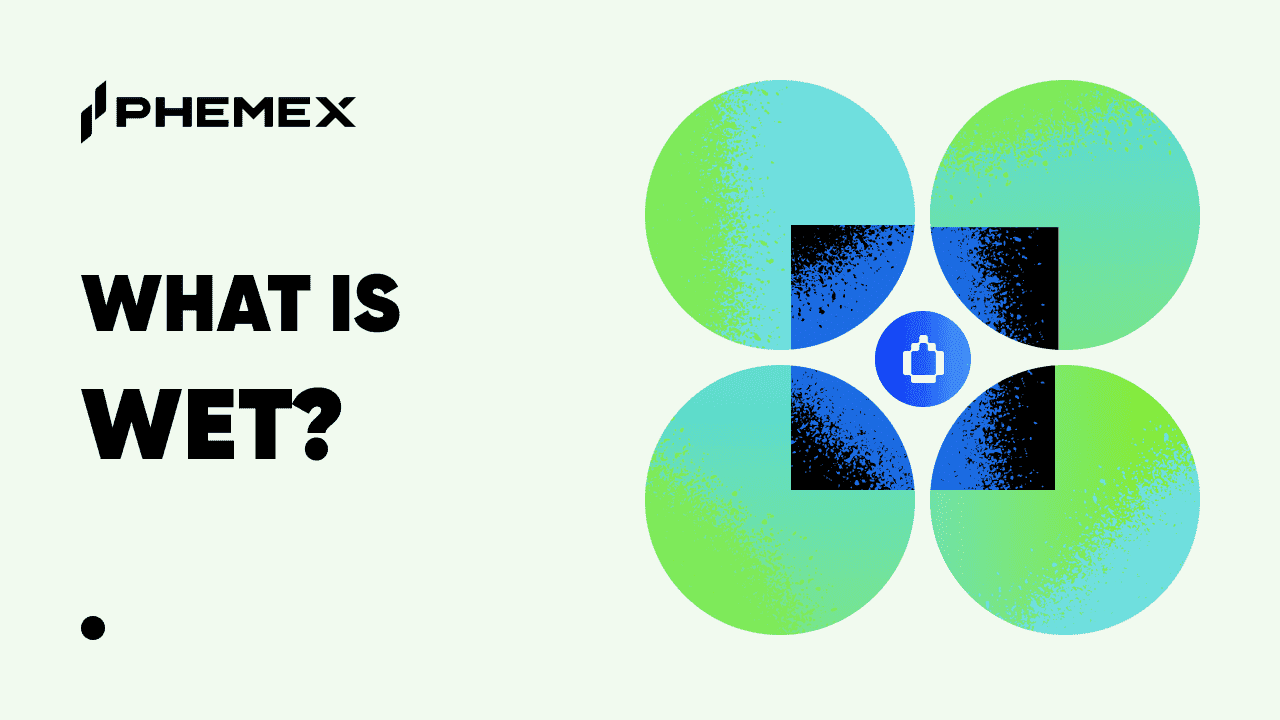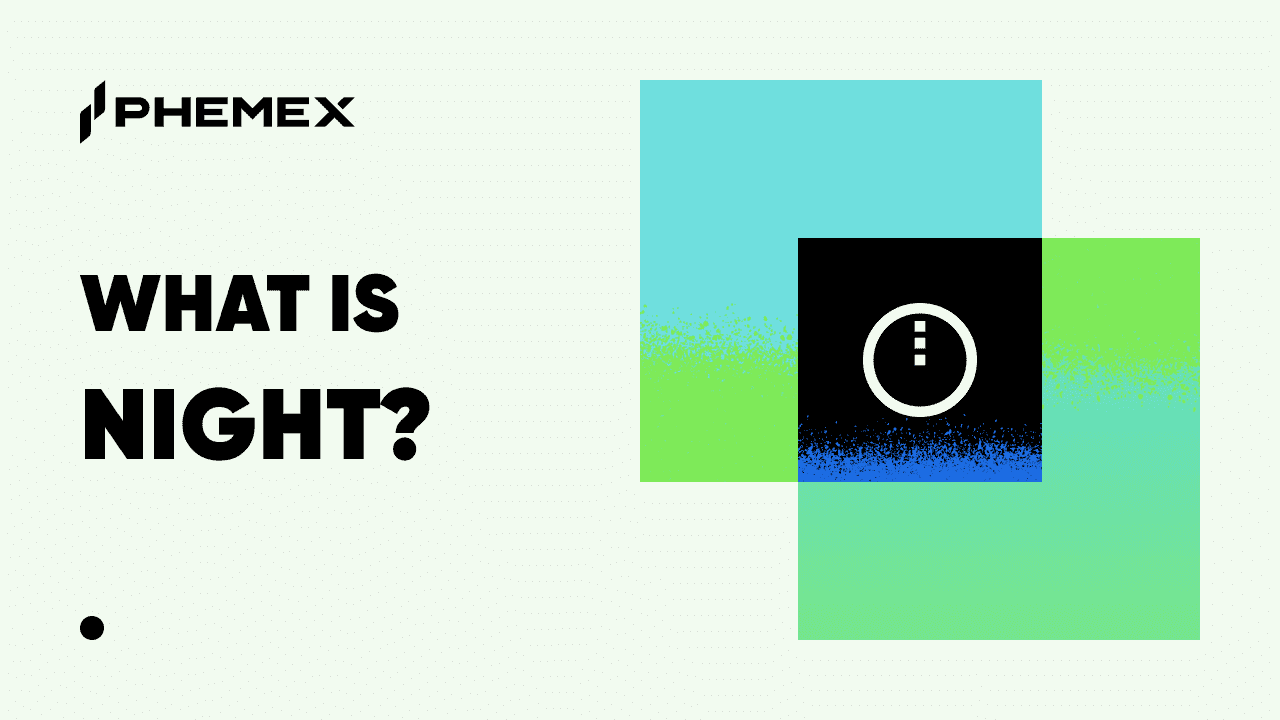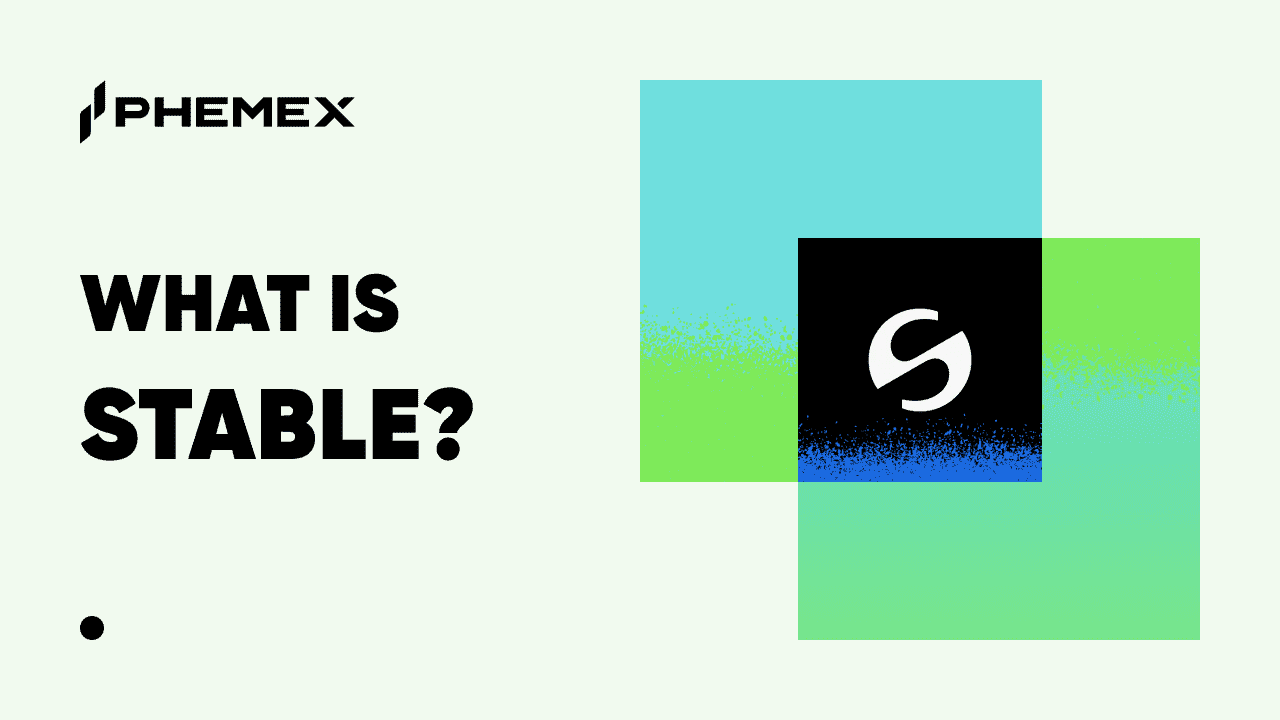In the fast-paced world of decentralized finance (DeFi), the separation of liquidity across numerous blockchains creates significant hurdles for both users and developers. Mitosis is a Layer 1 blockchain project designed to tackle this issue head-on by unifying fragmented crypto liquidity. This guide delves into what Mitosis is, the role of its native MITO token, and its potential impact on the DeFi landscape.
Summary Box (Quick Facts)
-
Ticker Symbol: MITO
-
Chain: BNB Chain
-
Contract Address: 0x8e1e6bf7e13c400269987b65ab2b5724b016caef
-
Circulating Supply: Approximately 196.27 million MITO
-
Max Supply: 1 billion MITO
-
Primary Use Case: Programmable liquidity, governance, and staking
-
Current Market Cap: Approximately $38.01 million
-
Availability on Phemex: No (as of writing)
What Is Mitosis (MITO)?
Mitosis is a Layer 1 blockchain specifically engineered to provide programmable liquidity across the DeFi space. Its primary goal is to solve the widespread problem of fragmented liquidity by allowing assets to be deployed and utilized across multiple chains simultaneously. By creating a more interconnected and efficient ecosystem, Mitosis aims to enhance capital efficiency for both retail and institutional investors.
The project introduces a novel concept known as Ecosystem-Owned Liquidity (EOL), a framework where users can deposit assets to earn a stable yield. This model is designed to provide new and emerging blockchain ecosystems with the foundational liquidity they need to thrive. The native utility token of the Mitosis network is MITO, which is central to its operations, governance, and security.
How Many MITO Are There?
Mitosis has a total maximum supply of 1 billion MITO tokens, with a current circulating supply of approximately 196.27 million. The team has outlined a clear token distribution plan to support long-term growth and community engagement. The allocation is as follows:
-
Ecosystem: 45.5%
-
Team: 15%
-
Investors: 8.76%
-
Foundation: 10%
-
Genesis Airdrop: 10%
-
Builder Rewards: 2%
-
Exchange Platform Marketing: 3.5%
-
Initial Liquidity: 4%
-
Research and Development: 1.24%
Many of these allocations, particularly for the team and investors, are subject to vesting schedules to ensure a gradual release of tokens into the market. Furthermore, a portion of all protocol fees is used to buy back and burn MITO tokens, creating a deflationary mechanism that can increase the token's scarcity as platform usage grows.
What Does MITO Do?
The MITO token is integral to the Mitosis ecosystem, serving multiple key functions. Its primary "use case" is to power the programmable liquidity protocol. Here’s a breakdown of its utility:
-
Liquidity Provision: Users can deposit assets into Mitosis vaults to provide liquidity and earn yield.
-
Cross-Chain Interoperability: The protocol generates yield-bearing derivative tokens (like miBNB and maUSDT) that represent users' deposits. These can be used across different DeFi protocols, enhancing capital efficiency.
-
Governance: MITO holders can participate in the Morse DAO to vote on key protocol decisions, such as system upgrades, liquidity strategies, and new vault launches. This ensures community-led development.
-
Staking: Users can stake MITO to contribute to the network's security and earn rewards.
-
Gas Fees: As the native token of the Mitosis EVM-compatible blockchain, MITO is used to pay for transaction fees on the network.
Mitosis vs. Bitcoin
Comparing Mitosis to Bitcoin highlights their fundamentally different purposes within the crypto ecosystem.
| Feature | Mitosis (MITO) | Bitcoin (BTC) |
| Technology | A Layer 1, EVM-compatible blockchain focused on programmable, cross-chain liquidity. | A decentralized, distributed ledger system primarily for peer-to-peer electronic cash transfers. |
| Use Case | Facilitating liquidity across DeFi, staking, and governance within its specific ecosystem. | A store of value, a medium of exchange, and a unit of account. |
| Speed and Fees | Built on modern blockchain architecture to offer faster transactions and lower fees suitable for DeFi. | Slower transaction speeds and higher fees, making it less ideal for high-frequency DeFi operations. |
| Consensus | Utilizes a Proof-of-Stake (PoS) consensus mechanism for network security. | Uses a Proof-of-Work (PoW) consensus mechanism, which is more energy-intensive. |
The Technology Behind Mitosis
Mitosis is a Layer 1 blockchain designed to be fully EVM-compatible, which allows for easy integration with the vast Ethereum ecosystem. Its core technology revolves around creating a programmable liquidity layer that can interact with multiple blockchains.
A key innovation is the creation of derivative tokens, such as miAssets and maAssets. When a user deposits an asset like BNB or USDT into a Mitosis vault, they receive a liquid, yield-bearing token in return. This token not only represents their underlying deposit but also automatically compounds rewards, all while remaining usable in other DeFi applications. This process unlocks "stacked yield" opportunities and significantly boosts capital efficiency.
Team & Origins
Founded in the U.S. in 2023, the crypto startup behind Mitosis raised $7 million in a seed funding round in 2024. This funding round saw participation from notable investors including Amber Group, Foresight Ventures, and GSR, among others. The project launched its mainnet and the MITO token in August 2025.
Key News & Events
- 2024 Seed Funding: The project successfully closed a $7 million seed funding round led by prominent venture capital firms, providing a strong financial foundation for its development and launch.
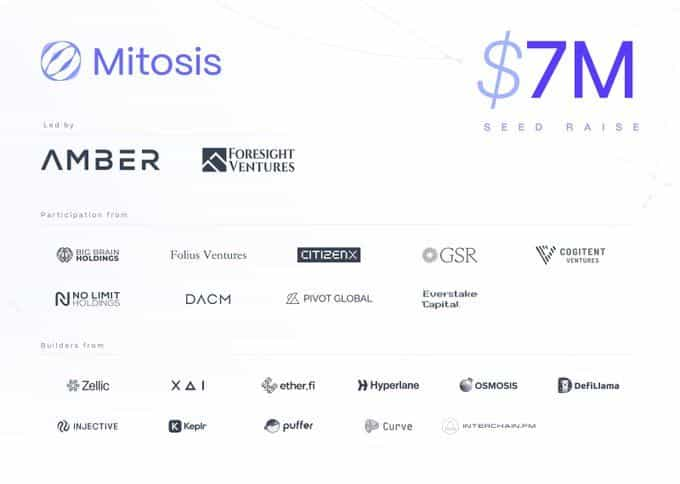
- August 2025 Mainnet Launch: The Mitosis mainnet went live, marking the official launch of its cross-chain liquidity protocol and the native MITO token.
- August 2025 Exchange Listings: Following the mainnet launch, the MITO token was listed for trading on several major cryptocurrency exchanges, increasing its accessibility to a wider audience.
- August 2025 Liquidity Programs: The project initiated several liquidity booster programs and partnerships aimed at expanding DeFi yield opportunities and incentivizing user participation on its platform.
Is MITO a Good Investment?
Evaluating the "MITO investment potential" requires a balanced look at its strengths and risks. The project addresses a genuine and significant challenge in the DeFi space—liquidity fragmentation. Its innovative technology for programmable and cross-chain liquidity, backed by strategic partnerships, positions it as a potentially key player in the evolution of DeFi.
However, as a relatively new project, it faces considerable risks. The crypto market is inherently volatile, and the long-term success of Mitosis will depend on its ability to attract and retain a substantial user base and total value locked (TVL). The historical price of the MITO token has shown significant volatility.
For those looking to get involved, it is crucial to monitor the latest news about MITO and the MITO price.
Disclaimer: This is not financial advice. Crypto trading involves risks; only invest what you can afford to lose.
FAQs
How do miAssets and maAssets benefit users in the Mitosis ecosystem?
These are liquid derivative tokens. When you deposit assets like BNB or USDT into a Mitosis vault, you receive these tokens back. They represent your original deposit plus any yield it accrues. The key benefit is that you can use these mi/maAssets in other DeFi protocols, allowing you to earn multiple layers of yield on the same initial capital and maximizing its efficiency.
What is the purpose of the MITO token burn mechanism?
The token burn is a deflationary strategy. A portion of the fees generated by the Mitosis protocol is used to buy MITO tokens from the open market and then permanently remove them from circulation. This process reduces the total supply of MITO over time, which can create scarcity and potentially support the token's long-term value.
What is the long-term vision for the Mitosis protocol?
Mitosis aims to become a foundational liquidity layer for the entire multi-chain DeFi ecosystem. The long-term vision is to eliminate the liquidity silos between different blockchains, making it seamless for capital to flow to where it is most productive. They envision a future where new blockchains can instantly bootstrap liquidity through the Mitosis EOL (Ecosystem-Owned Liquidity) model.
Will MITO be available for trading on Phemex?
While MITO is not currently available for spot trading on Phemex, the platform continuously evaluates new and promising digital assets for listing. To stay updated on the latest listings, including any "Announcements" on Phemex, users should monitor the official Phemex announcements page.





